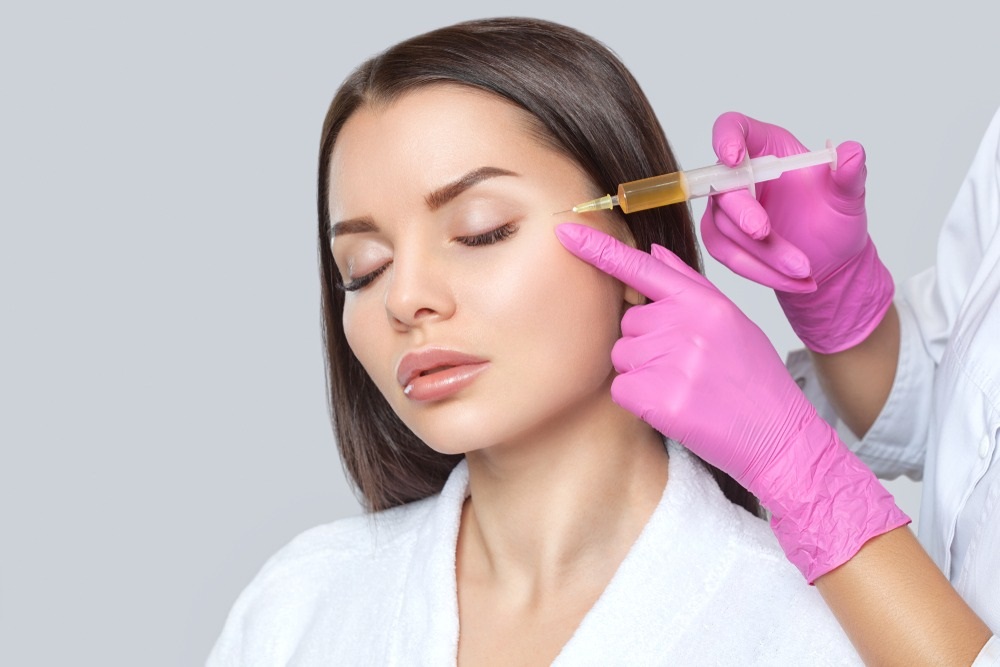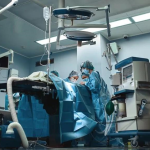
Integrating Platelet-Rich Plasma (PRP) into Your Practice – A Step-by-Step Guide
Platelet-rich plasma (PRP) therapy is a non-surgical, minimally invasive alternative to many medical and cosmetic treatments. If you are a healthcare practitioner planning to add PRP therapy into your practice, this step-by-step guide will help you start smoothly.
Step 1: Educate Yourself
Before adding PRP treatment, educating yourself about the procedure, when, where, and how to apply as well as its potential benefits, is essential. Attend seminars, workshops, and webinars on PRP therapy, or consider working alongside experienced practitioners. Learn about the different types of PRP tubes and their applications.
Step 2: Assess Your Patient Base
Evaluate the patient base to determine if PRP is a suitable addition. PRP can be applied in several medical fields, including –
- Orthopaedics
- Dermatology
- Aesthetic medicine
- Regenerative medicine
- Sports medicine
Identify the specific needs of your patients and modify your PRP services accordingly.
Step 3: Source Quality PRP Tubes
Choosing the suitable PRP tubes is crucial to the success of your PRP therapy. Plasmolifting World is a reputable supplier known for high-quality PRP tubes. Their tubes are designed to separate and concentrate platelets, ensuring optimal results efficiently. Research different PRP tube options, considering price, ease of use, and clinical outcomes. Visit their website – https://plasmolifting.shop/en/14-plasmolifting-prp-tubes
Step 4: Comply with Regulations
Medical practices must strictly obey specific regulations and guidelines when introducing new therapies. Ensure you have training and certifications as required by your local regulatory authorities to perform PRP procedures. Understanding PRP’s legal and moral traits is vital to protect your practice and your patients.
Step 5: Training and Certification
Invest in comprehensive training and certification for both yourself and your staff. Many organizations offer certification courses tailored explicitly to PRP therapy. Certification ensures you have the skills and knowledge to perform PRP procedures safely and effectively.
Step 6: Set Up a Sterile Environment
Create a sterile and well-equipped environment for PRP procedures. This includes a clean treatment room, sterile instruments, and a laminar flow hood for PRP preparation. Adhering to strict aseptic techniques is vital to avoid contamination during the PRP preparation.
Step 7: Patient Evaluation
Patient evaluation will help determine if PRP therapy suits their condition. This includes a –
- Medical history review
- Physical examination
- Diagnostic imaging
Explain the procedure, expected outcomes, and potential risks to the patient. Besides, obtain informed consent from the patient.
Step 8: PRP Collection and Processing
Use high-quality PRP tubes to collect and process the patient’s blood. These tubes are specifically designed to optimize platelet separation and concentration. Follow established protocols for blood collection and centrifugation to obtain the desired PRP concentration.
Step 9: PRP Administration
Administer the PRP according to the patient’s treatment plan. This could involve injections for musculoskeletal conditions, microneedling or topical application for aesthetic procedures, or other methods depending on the medical context.
Step 10: Post-Procedure Care
Provide clear post-procedure instructions to patients, emphasizing the importance of proper aftercare. Schedule follow-up appointments to monitor progress and address any concerns or complications promptly.
Conclusion
Incorporating Platelet-Rich Plasma (PRP) into your medical or aesthetic practice can offer numerous benefits to your patients and enhance the scope of services you provide. However, it’s essential to invest in training, establish a sterile environment, and prioritize patient safety and education throughout the process. With the right approach, PRP therapy can be a valuable addition to your practice, offering innovative solutions for various medical and cosmetic concerns.


















